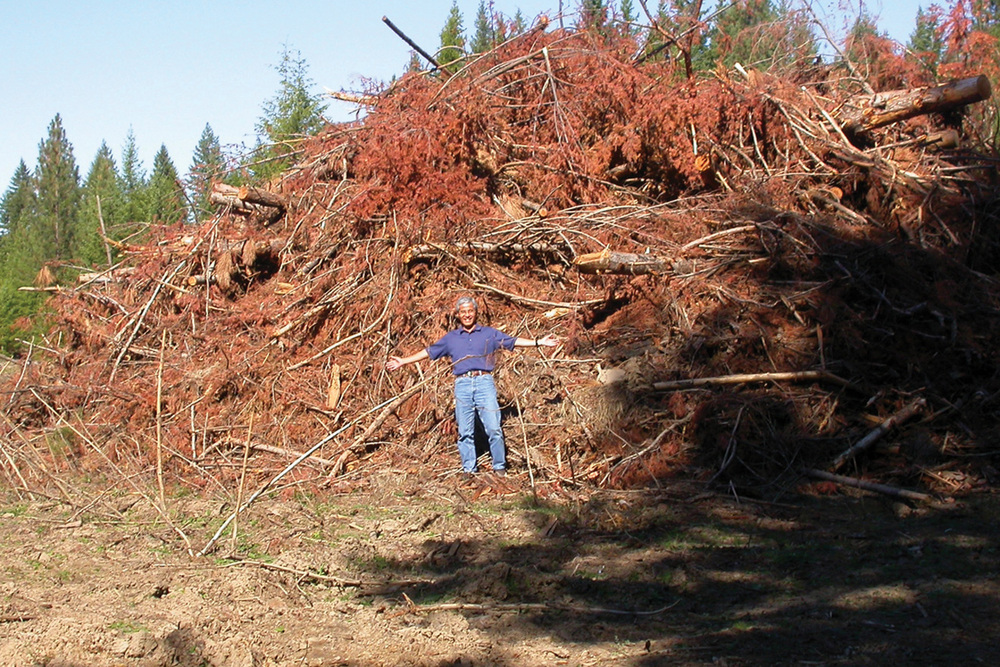Smoothing Out the Wrinkles




PHOTO: HM3 ENERGY
May 23, 2011
BY Anna Austin
HM3 Energy in Gresham, Ore., is one of many companies competing in the biomass torrefaction race, and CEO Hiroshi Morihara believes the company is one of the forerunners in commercializing a technology.
Morihara points out that torrefaction is an old process as it has been traditionally used to dry and roast coffee beans, so there is no new invention regarding how it works. “Transferring torrefaction from coffee beans to biomass is where the technology comes in,” he says. “For example, coffee beans have a fairly uniform size
, but biomass may be in any form from powder to chunks, so it’s not easy to uniformly torrefy.”
Several different factors, including biomass size, can make torrefaction uneconomical if not approached efficiently.
Advertisement
“Also, when you torrefy, hemicelluloses in the biomass become gaseous volatile organic compounds, which are pathogenic,” Morihara explains. “We have a complete combustion of that gas. Depending on the wood species, about 30 percent of the weight of the wood is hemicelluloses, and it has about 10 percent of the biomass’s energy. We use that energy to dry the incoming feedstock.”
The beauty of that component is that the hemicelluloses are completely combusted, there are no pathogenic emissions during production, or when the torrefied biomass is used as fuel at a power plant, according to Morihara.
With the help of a $241,000 U.S. Endowment for Forestry and Communities grant, HM3 built a pilot plant that has been operating the past two years. The company is in the midst of completing a demonstration plant in Troutdale, Ore., and has selected a site for its first commercial plant in Prineville, Ore. The 45,000-ton-per-year facility is scheduled to be completed by early 2013, and will process about 5.5 dry tons of biomass per hour in phase one; 11 tons per hour in a later phase.
Advertisement
HM3 plans to build many of its own plants and sell product, as well as eventually licensing the technology to others. Assuming a feedstock price of $50 per dry ton, a utility should expect to pay about $130 per dry ton for torrefied biomass, Morihara says. “The going rate right now is about $35 [for feedstock], but that price is depressed and we expect it to recover,” he says. The energy value, which is about 10,000 Btu per pound, is comparable to some western U.S. coal, he adds.
But why is torrefied wood a better option for power plants than wood chips? “Our product is hydrophobic so it can be transported using open hopper cars like coal is, it can be stored outdoors like coal is, and it can be pulverized easily,” Morihara says. “Coal power plants don’t have to change anything. Most have to spend $200 million to $300 million retrofitting the boiler feeding system if they want to use biomass that isn’t torrefied.”
The cost to build a 100,000-ton-per-year commercial-scale plant would be about $15 million, according to Morihara.
—Anna Austin
Upcoming Events





